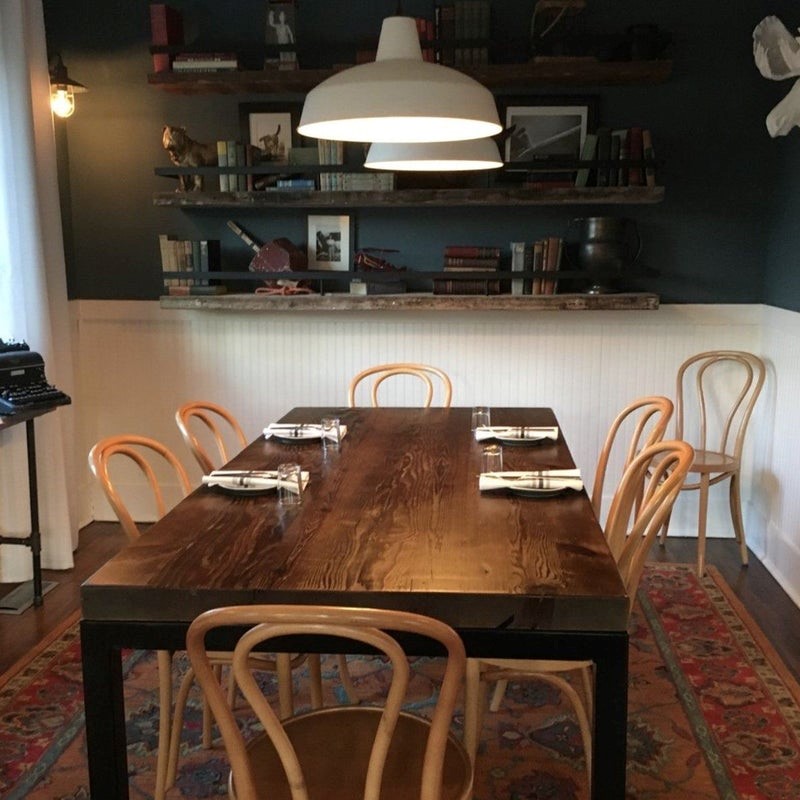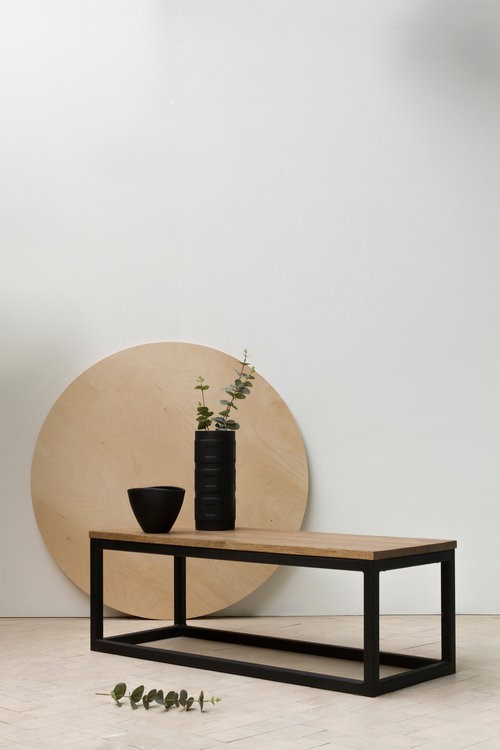What does eco-friendly mean for interior design?
As the world focuses on tackling climate change, sustainability is a hot topic right now and sustainable interior design will be, for a very long time.
As a homeowner, you’ve probably heard advice about lowering your carbon footprint. Changing your boiler to a heat pump, insulating your home, installing solar panels and choosing energy-efficient appliances, for example. These, of course, are all very important, but what about your décor? How can you make the interior design of your home eco-friendly too?
This blog looks at some ways you can make your home environmentally sustainable and reduce your ecological footprint.
Use recycled materials

Image credit: Arch 2O
Waste is the name we give to materials we don’t use anymore, and most of it goes to landfills. It’s bad for the environment and our health because it breaks down slowly and releases toxic chemicals into our water supply. But just because something is labelled as waste doesn’t necessarily mean it can’t be used anymore.
Sustainability-mindful designers worldwide have developed new materials for use in the home that divert waste from landfills. Recycled materials also require less processing and use fewer resources than non-recycled materials, which means less carbon is emitted to produce them. And the other great thing about recycled materials is that they can be recycled again and again.
The best recycled materials used for home décor are:
- Metal – aluminium, in particular, is a great sustainable option. Look for recycled metal furniture such as tables and chairs.
- Glass – glass is a highly versatile material that can be ground down or melted and made into all sorts of products. Look for bathroom suites, worktops, splashbacks, flooring and tiles.
- Plastic – the most popular recycled plastic is high-density polyethylene, used to make plastic bottles. Look for rugs, carpets, furniture, countertops and kitchenware.
Let the light in

Image credit: Décor outdoor
Insulating your home and doing everything you can to reduce heat loss is a smart way to lower your carbon footprint. But did you know you can achieve greater sustainability by bringing heat into your home from outside?
This environmentally sustainable interior design idea is about taking advantage of natural light. Strong sunlight flooding through your windows will help heat your home, even in winter. So, you can turn radiators down, making your home more energy-efficient and reducing heating costs. It also increases your exposure to vitamin D.
To incorporate this idea into your home, maximise the amount of window space you have. For example, you could install floor to ceiling doors and windows across a whole wall. If that’s not possible, ensure any window décor, such as curtains and blinds, is drawn wide open during daylight hours to allow in as much natural light as possible.
Use reclaimed wood

Image credit: Shopify
Using wood in your home is an environmentally friendly, sustainable interior design choice, as long as it’s wood that’s been FSC certified. It’s renewable, has longevity, absorbs carbon dioxide, and is biodegradable.
But another great thing about wood is that it can be recycled and reused. So, why not use reclaimed wood instead of new wood to decorate your home and have an even greater impact on your level of sustainability?
You can buy all sorts of home décor items made from reclaimed wood. Look for coffee and dining tables, chairs, benches, desks and bookcases, as well as flooring. Wood tends to look better as it ages, too, so old reclaimed wood is perfect for creating a rustic feel to your home, with wooden beams and mantelpieces.
Buy high-quality

Image credit: Konk Furniture
Buying low-cost furniture can seem tempting when you’re carrying out a room makeover. But low-cost usually means low-quality. And low-quality means you’re buying furniture that won’t last.
Once upon a time, this culture of throwing away the old and buying new every few years was acceptable. But in today’s more environmentally conscious world, it’s better to purchase durable, high-quality furniture that will stand the test of time. It means fewer resources and energy will be consumed than constantly producing new items. And there’s less waste too.
Not only is this better for the environment, but high-quality furniture has other benefits. First, quality is visible, so your furniture will look better. If it’s a chair or sofa, it will be more comfortable. Finally, it will stand up to wear and tear and save money in the long run.
To up the ante, check the product is made from sustainable materials and that it’s biodegradable. So, if you decide to dispose of the item in future, you’ll know it can be recycled, or, if it can’t, it won’t spend decades in landfill, causing pollution.
If you need help making your home décor more environmentally friendly, contact Amberth, and talk to a member of our team.

